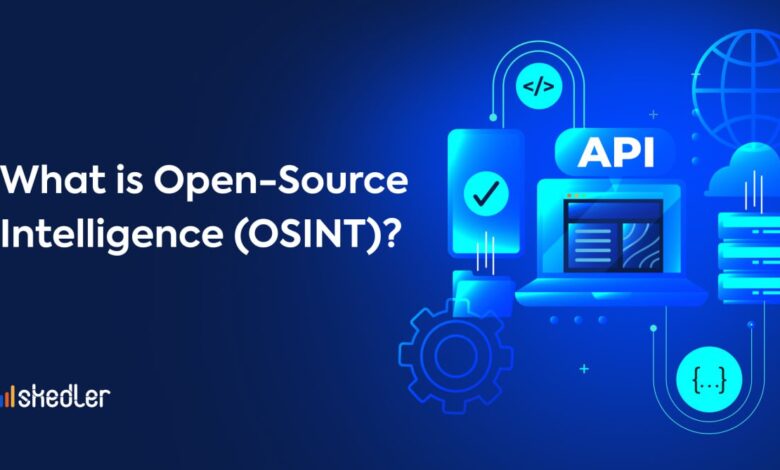Open-Source Intelligence: Unlocking the Power of Public Data

In today’s data-driven world, information is power. But what if you could access valuable insights without relying on classified or covert operations? Enter Open-Source Intelligence (OSINT), a powerful tool that leverages publicly available information to support decision-making across various fields. From national security to business intelligence, OSINT has become an indispensable resource for professionals seeking actionable insights.
This article will explore the concept of OSINT, its applications, and how it can transform the way we gather and analyze information. By the end, you’ll understand why OSINT is not just a buzzword but a critical skill in the modern era.
What is Open-Source Intelligence (OSINT)?
Open-Source Intelligence refers to the process of collecting, analyzing, and interpreting publicly available information to derive meaningful insights. Unlike traditional intelligence methods, OSINT relies on data that is accessible to anyone, including:
– Media outlets (news articles, blogs, social media)
– Government publications (reports, press releases)
– Academic research (journals, white papers)
– Commercial databases (market reports, financial data)
OSINT is not limited to a single industry. It is widely used in national security, law enforcement, business intelligence, and competitive analysis. For example, law enforcement agencies use OSINT to track criminal activities, while businesses leverage it to monitor competitors and market trends.
The OSINT Process: From Data Collection to Actionable Insights
The OSINT process involves several key steps:
- Data Collection: Gathering information from diverse sources such as social media, websites, and public records.
- Data Validation: Ensuring the accuracy and reliability of the collected data.
- Analysis: Interpreting the data to identify patterns, trends, and actionable insights.
- Reporting: Presenting the findings in a clear and concise manner to support decision-making.
For instance, a company might use OSINT to analyze customer sentiment on social media, helping them refine their marketing strategies.
Applications of OSINT in Real-World Scenarios
1. National Security and Defense
OSINT plays a crucial role in national security by providing insights into potential threats. For example, intelligence agencies use OSINT to monitor terrorist activities, track cyber threats, and analyze geopolitical developments.
2. Law Enforcement and Investigations
Law enforcement agencies rely on OSINT to solve crimes, locate suspects, and gather evidence. Social media platforms, in particular, have become a goldmine for investigators.
3. Business Intelligence and Competitive Analysis
Businesses use OSINT to monitor competitors, identify market trends, and make informed decisions. For example, a company might analyze competitors’ pricing strategies or track customer reviews to improve their products.
4. Academic Research and Innovation
Researchers use OSINT to access publicly available data, such as academic papers and government reports, to support their studies and innovations.
Tools and Techniques for Effective OSINT
To maximize the potential of OSINT, professionals use a variety of tools and techniques, including:
– Web Scraping Tools: Automate the collection of data from websites.
– Social Media Monitoring Platforms: Track conversations and trends on platforms like Twitter and Facebook.
– Data Visualization Software: Present complex data in an easy-to-understand format.
– Search Engines and Advanced Queries: Use specialized search operators to find specific information.
For example, tools like Maltego and Shodan are widely used in OSINT investigations to map relationships and identify vulnerabilities.
Challenges and Ethical Considerations in OSINT
While OSINT offers numerous benefits, it also comes with challenges:
– Data Overload: The sheer volume of publicly available information can be overwhelming.
– Accuracy and Reliability: Not all sources are trustworthy, making data validation critical.
– Privacy Concerns: Collecting publicly available data can sometimes infringe on individuals’ privacy.
To address these challenges, professionals must adhere to ethical guidelines and ensure that their methods comply with legal standards.
The Future of OSINT: Trends and Innovations
As technology evolves, so does the field of OSINT. Emerging trends include:
– Artificial Intelligence (AI): AI-powered tools are revolutionizing OSINT by automating data analysis and pattern recognition. Learn more about the future of AI in our article on Artificial General Intelligence.
– Big Data Analytics: The ability to process and analyze massive datasets is enhancing the accuracy and efficiency of OSINT.
– Blockchain Technology: Blockchain is being explored as a way to verify the authenticity of OSINT data.
Conclusion: Why OSINT Matters
Open-Source Intelligence is more than just a tool—it’s a mindset. By harnessing the power of publicly available information, professionals can make smarter decisions, solve complex problems, and stay ahead of the competition. Whether you’re in national security, law enforcement, or business, OSINT offers a wealth of opportunities to unlock valuable insights.
Ready to dive deeper into the world of intelligence? Explore our Digital Marketing Course in Ameerpet to learn how data-driven strategies can transform your career.



2 Comments